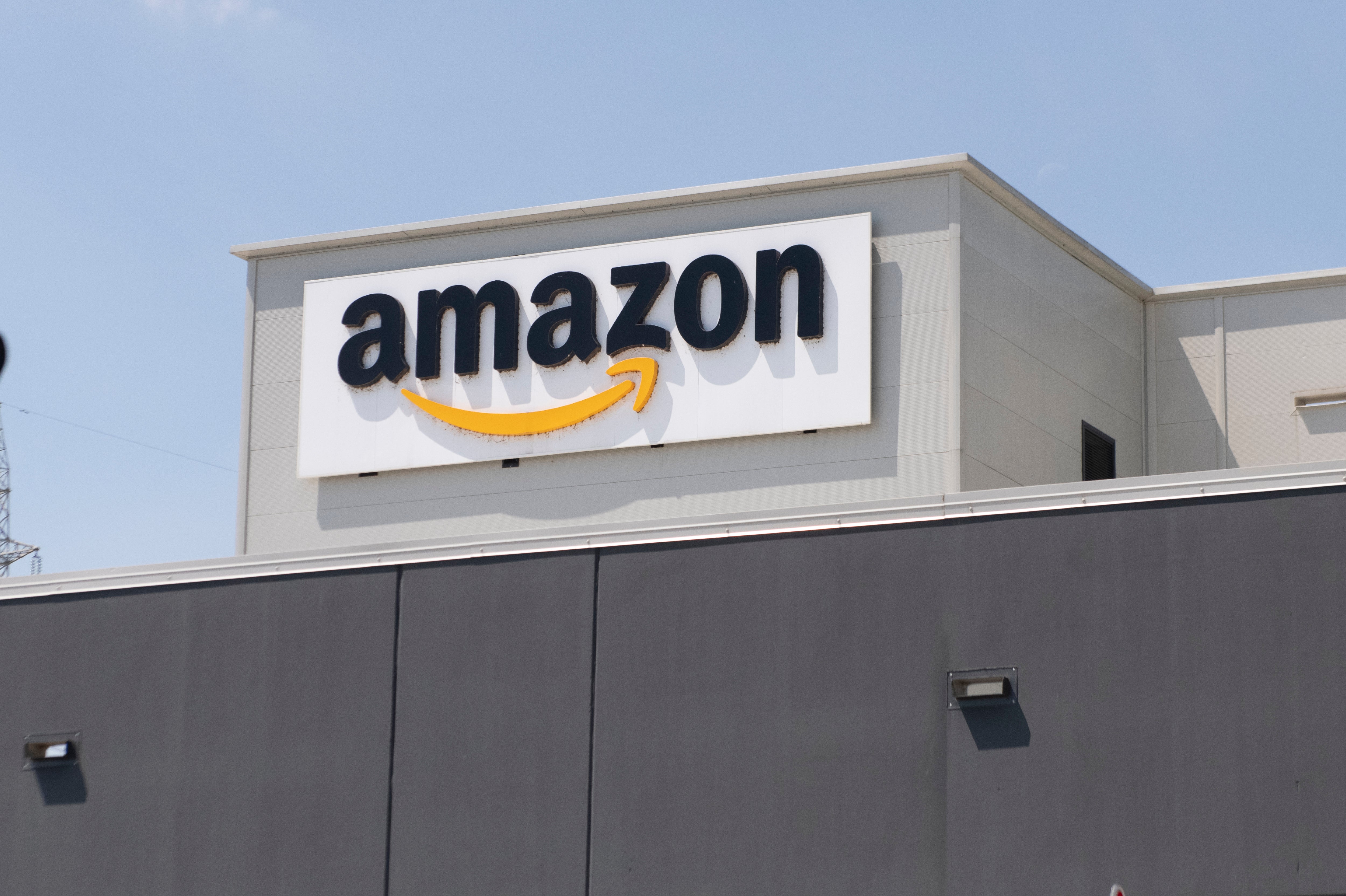Here’s how much S&P 500 companies paid workers during the pandemic
The median worker at Netflix reportedly took in at least $100,000 last year, while at Amazon they made less than $30,000

Your support helps us to tell the story
From reproductive rights to climate change to Big Tech, The Independent is on the ground when the story is developing. Whether it's investigating the financials of Elon Musk's pro-Trump PAC or producing our latest documentary, 'The A Word', which shines a light on the American women fighting for reproductive rights, we know how important it is to parse out the facts from the messaging.
At such a critical moment in US history, we need reporters on the ground. Your donation allows us to keep sending journalists to speak to both sides of the story.
The Independent is trusted by Americans across the entire political spectrum. And unlike many other quality news outlets, we choose not to lock Americans out of our reporting and analysis with paywalls. We believe quality journalism should be available to everyone, paid for by those who can afford it.
Your support makes all the difference.The coronavirus pandemic undoubtedly caused upheaval for millions of workers, with many losing their jobs, while others have seen their work seriously disrupted.
Many also, however, saw their roles unscathed by the pandemic, while some even saw pay rises, with a new analysis from The Wall Street Journal highlighting the differences in median pay among S&P 500 companies – the 500 large firms listed on stock exchanges in the US.
According to The Wall Street Journal the median pay at about a third of S&P 500 companies changed by five per cent or less in both directions last year.
In an analysis of annual disclosures from 492 companies using data provided by MyLogIQ, the newspaper found that nearly 140 companies in the S&P 500 saw their median worker paid at least $100,000 last year, with Netflix and railroad CSX Corp among those named.
Meanwhile, four dozen companies, including Amazon and Starbucks, said their median worker took home less than $30,000 last year.
The highest paid
According to the WSJ, most of the highest-paying companies had fewer workers, with four of the ten top-paying firms employing fewer than 4,000 people.
At Alexandria Real Estate Equities, a real estate investment trust, for example, the median worker made more than $295,000 at a company employing 470 people.
Meanwhile, nine of the 25 highest-paid median employees worked at tech or tech-related companies, including Facebook, Twitter and Netflix.
Five were in the energy sector and four were in the pharmaceutical or biotech fields.
Biotech company Incyte said its median employee, a doctor of pharmacy with more than three years of experience, made $253,000 last year, with $100,000 of that being incentive pay.
The lowest paid
The companies reporting the lowest median pay appeared to be focused on mass markets, with firms in the auto industry, clothing and beauty supply sectors among them.
Auto-parts maker Aptiv, for example, said it paid $5,906 to the median worker, with the company, which was previously called Delphi Technologies, employing 151,000 people across 44 countries.
The WSJ’s analysis also found that many companies were in industries reliant on part-time, seasonal and temporary workers with sports gear company Under Armour saying its median worker made $6,669 working around 20 to 30 hours a week in one of its stores from August to December.
Clothing company Gap said it paid its median employee, which would be a part-time retail sales associate in North Dakota, $7,037 in 2020.
Generally, the newspaper found that companies say that they abide by local minimum pay rules and “pay competitively”.
In a statement, a Gap spokesperson said 85 per cent of its employees work in stores, with four in five being part-time and almost half being under the age of 23.
The spokesperson said Gap gave 70,000 of its nearly 117,000-strong workforce $300 cash bonuses this year, asserting that the company is “proud of the opportunities we provide our associates”.





Join our commenting forum
Join thought-provoking conversations, follow other Independent readers and see their replies
Comments